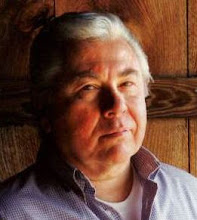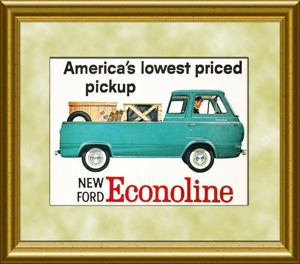I give up! After approximately 40 hours of filling, shaping, filing, grinding, sanding, priming, wet-sanding and painting, I can't take it anymore!

The finish is not perfect for concours show quality but it is more than good enough for a daily driver and a casual car show. The problems were the large size of the steering wheel, the small irregular-shaped surface area and quick-drying nature of the lacquer paint. It takes a lot of time to paint the entire surface and overspray tends to flash over the already painted surfaces and that prevented obtaining a totally glossy surface.

My first attempts were made using DupliColor Engine Enamel because it has an extrememely hard and durable finish. I found it very difficult to get the desired finish without runs. More wet-sanding between coats.
 I finally settled upon two coats of DupliColor Black Lacquer with wet sanding between the coats.
I finally settled upon two coats of DupliColor Black Lacquer with wet sanding between the coats.
 Below is the New Old Stock steering wheel that I will be installing in my pickup. Notice the profile of the ribs.
Below is the New Old Stock steering wheel that I will be installing in my pickup. Notice the profile of the ribs.The ribs on the steering wheel that is the subject of this restoration project were severely worn down from many years of use. I decided to fill in what was remaining of the ribs for a better appearance.

As usual you can see larger versions of these photos at flickr.
If you have any questions or would like to comment you can email me.
ENJOY THE RIDE !!!!





















